Blackjack Men
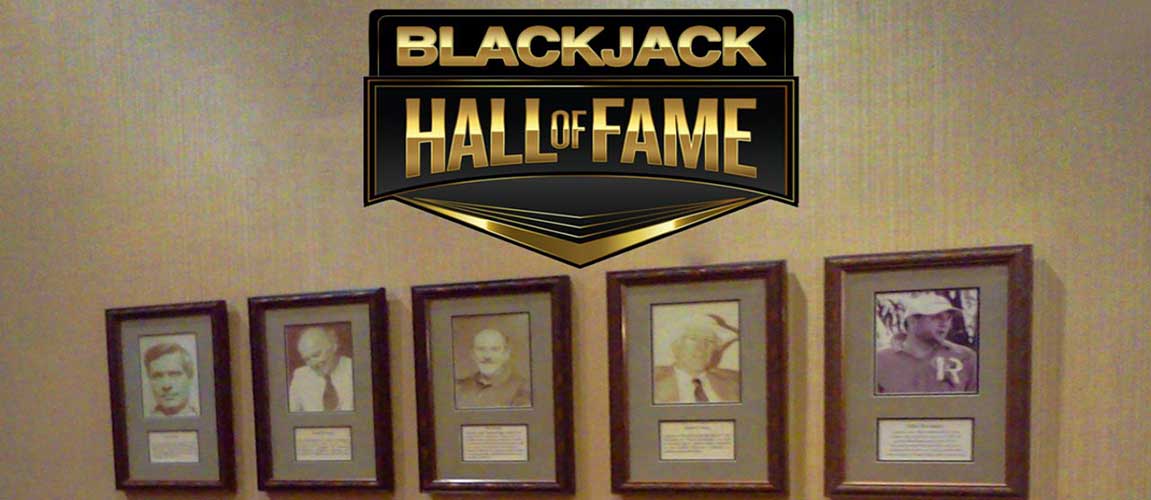
The Men Who Beat Las Vegas Blackjack
In the history of Blackjack, there have been men who managed to devise strategies and write books with advice on beating Las Vegas Blackgack.
Roger Baldwin: the 1950s

Roger Baldwin published a paper in 1956 on the optimum strategy of the game. The paper appeared in the Journal of the American Statistical Association. But the strategy needed a computer to carry it out. Baldwin worked with three other people, to devise the classic strategy. The conclusion was that Blackjack was the game with the best winning odds, if the optimum strategy was followed. Later, the strategy was improved by Edward Thorp.
Edward Thorp: the 1960s
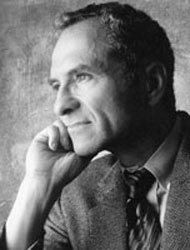
Edward Thorp was a mathematician fascinated with Blackjack. He was a lecturer at MIT, teaching mathematics and finance. Thorp created and ran simulations on an IBM 704, in which he included basic strategy and, too, card counting. In his theory, the running count of cards’ positive and negative effect was important. Thorp’s theory was called the “Ten Count” system and was published in his book entitled “Beat the Dealer”, in which the card counting strategy was explained. Thorp’s book became a bestseller and caused panic in the casino industry. Thorp and the businessman Emmanuel Kimmel practiced the system in real playing in Reno, Nevada, and doubled their money with the winnings.
The effect of Thorp’s book was that Blackjack rose to fame, from a side game played mostly by female players to one of the games in the spotlight for avid gamblers. Casinos had to change their rules for the game, but players boycotted casinos, so the original rules were reinstated. But some changes remained, such as preferential shuffling and multi-deck games.
Thorp’s strategy was not easy to master, so the effect of the excitement that casinos could be beaten actually increased casinos’ profits, as more players thronged to the Blackjack tables.
Julian Braun: the 1990s

Julian Braun was a computer programmer who read Thorp’s book and was thrilled by the idea of using mathematics in Blackjack. He asked Thorp for his computer program which analyzed each possible choice in detail, and showed the best strategy at the page bottom. Braun refined Thorp’s strategy and ran simulations with fixed and varying Blackjack strategies. He created Hi-Opt and Hi-Lo strategies. Thorp used his ideas in the second edition of his book, and Laurence Revere also used them in his book titled “Playing Black Jack as a Business”. In short, Braun’s strategy was that a deck with many high cards was in the player’s favor, and a deck with many low cards was in the casino’s favor.
Braun developed the Hi-Opt I blackjack count, published in “The World's Greatest Blackjack Book” in 1980. Casino profits started to shrink as players were armed with knowledge of the best strategy. It should be noted that experts give different advice on what is best in each situation, because the conditions are changing. But Braun’s contribution is definitely valuable.
Lawrence Revere
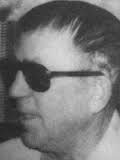
Revere, a hustler who used different names, was known as the person who made money not so much from playing as from teaching card counting. He offered simple advice for the average player. His series of charts with color codes were based on Thorp’s and Brown’s work, and showed the play for each Blackjack hand.
Ken Uston, Al Francesco, Keith Taft: the 1970s
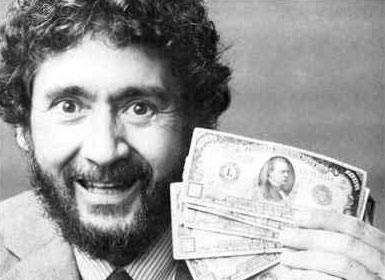
Ken Uston, a genius in mathematics, was a player who resorted to card counting to win whopping amounts. He had an outstanding IQ, 169, and attended university since the age of 16. At 31, he already had a substantial yearly income, but he was fascinated with Blackjack, and joined a team of card counters. The team’s founder, Al Francesco, included women in his teams, as they were likely to be ignored in casinos as less likely to use card counting. Al Francesco is considered the the pioneer in Blackjack team playing. So he was Uston’s teacher in the technique of card counting, and as a team they reaped substantial winnings in the 1970s. The techniques they used are still popular with professional players, but do not look for them in books, they have not been published. In fact, the early ideas for card counting were published by Ken Uston together with another author, in “The Big Player” book, which caused a severe rift between Uston and Francesco.
Uston relied on the discovery players before him had made: Blackjack differed from other games, slot machines, Craps, Roulette, in that mathematical principles could help to master it. They found out that the changes in odds between the player and the house occurred depending on the changes in the card deck content. Uston left his lucrative job, as Vice President of the Pacific Stock Exchange, to play Blackjack as a full time occupation. Success was with him for several years. Then he met Keith Taft. Taft was an electronics engineer who had created a small computer that could be worn unnoticed and helped to play Blackjack perfectly. On the basis of that computer, Taft developed another gambling device called George. George could calculate the amount the player should bet on the basis of the house advantage for the next hand, and could also keep track of all the cards played.
After testing George at the Golden Gate casino in Las Vegas, Uston and Taft started to train people as “computer operators” – they pushed George’s buttons according to the cards dealt. They sent signals to a player standing at the table who received them from a unit hidden in his shoe, and played according to the signals. Uston recruited “operators”, and the team grew to include eight “operators” and eight players who were called Big Players. The team won impressive winnings, in 80 percent of the time played. The Big Players were pampered with luxury by the casinos, which thought they were high rollers. By and by, however, casinos started to suspect unfair play. Agents were used to track the Big Players outside casinos, so the team had to move to another area, Lake Tahoe. That was a mistake which would ruin their success. At Lake Tahoe casinos, Blackjack teams which placed such large bets became suspected very quickly. After whisking the Big Player, the casino guard found the devices and the wires. That was the end of the string of winnings, the players were charged by the police. Taft’s son was among those arrested, so Taft quit the team, and Uston retreated, too, but continued to play without a device. Then the Washington FBI stated the computers were not of cheating type. Taft invented other devices, and you can see them now at Barona Casino, Lakeside, California, in the Blackjack Hall of Fame Museum. Uston wrote a book titled “Million Dollar Blackjack”, including basic strategy and progressive betting knacks.
We should point out that card counting is still not deemed illegal, although of course casinos disapprove of it. The No Mid-Shoe Entry rule was set up to prevent Big Players from invervening in the game at a strategic time.
Peter Griffin: 1978
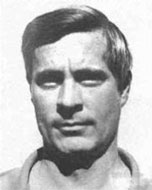
Peter Griffin was another mathematician who engaged in card counting. He delved into two factors, Betting Correlation and Playing Efficiency, and achieved an accurate estimate of the potential win rate. He did not use computers. He penned a book, “The Theory of Blackjack”, which appeared in 1978 and has undergone many revisions.
Stanford Wong: 1970s-1980s

Wong followed in Thorp’s footsteps. He played Blackjack for a living in the early 1960s, but he did not make high bets. His strategy was to visit casinos early in the morning, when tables were empty. He is now known as Blackjack’s Godfather, and was inducted in the Blackjack Hall of Fame. He worked on tournament playing. His surname gave rise to the word "wonging" related to card counting. Wong managed to be among the first ones to beat Continuous Shuffle Machines. Afterwards CSMs were improved, but experts say they are still beatable.
Wong authored “Professional Blackjack”, replete with charts for Blackjack rules. He also wrote “Basic Blackjack”, dedicated to basic strategy and suitable for novices, but also offering more unusual rules, which were valuable for experienced players. Nowadays Wong hardly ever plays Blackjack and prefers sports betting.
The MIT Students Club: the 1990s
The MIT students’ team made millions of dollars in winings in the 1990s, in Las Vegas casinos. They gambled at weekends as high rollers. They were trained by a suspicious man, Micky Rosa. MIT had a lot to do with card counting: Edward Thorp developed his system there. The students played in teams, three or more in one team, and each had a special role. They managed to have one player, called Gorilla, bet when the odds were in his favor. That reminded of Uston’s teams. But when a private agency was hired by casinos, the students’teams were identified, after months long surveillance. The story was described for the “Bringing Down the House” book and movie, and in a documentary shown on History Channel in 2004.
The Blackjack Hall of Fame
The Hall was established in 2002. A group of experts were assembled and public voting online, with the final voting in 2003 at the Blackjack Ball event attended by high ranking Blackjack professional players. They composed the list of indictees for the Hall of Fame. Nowadays the Hall of Famers select the candidates and the final seven winners.
The Barona Casino established the physical Hall in 2003, with photos of inductees and brief information. Indictees are offered free food and beverages for their lifetime, plus free rooms, but they agree not to play Blackjack at the casino. The museum displays cheating devices.
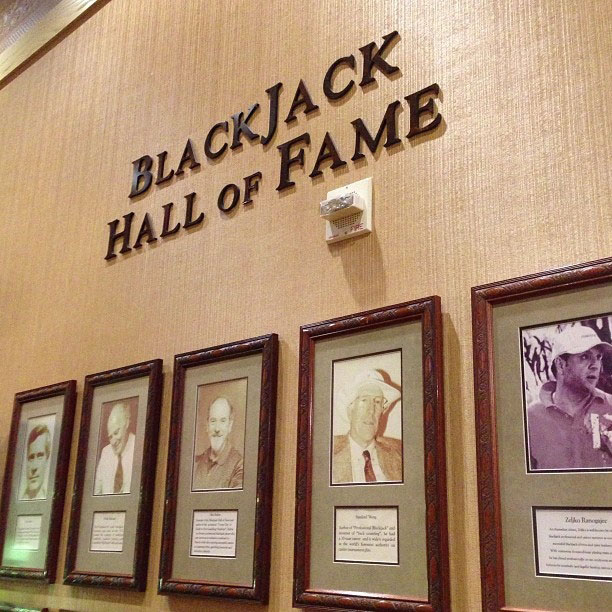
Modern Card Counting
Casinos are working hard to counteract card counters in Blackjack gaming, and card counting is becoming more complicated, accordingly. Deck penetration, which has to be minimum 75%, and the Table Rules are essential. If the deck penetration is sufficient, it is possible to win.
Continuous Shuffle Machines are designed to counteract card counters, and reshuffle the cards after each hand. So Basic Strategy gets more important. One of the manufacturers of CSM has offered a $100,000 prize to a player that can beat machines via legal card counting or shuffle tracking.











